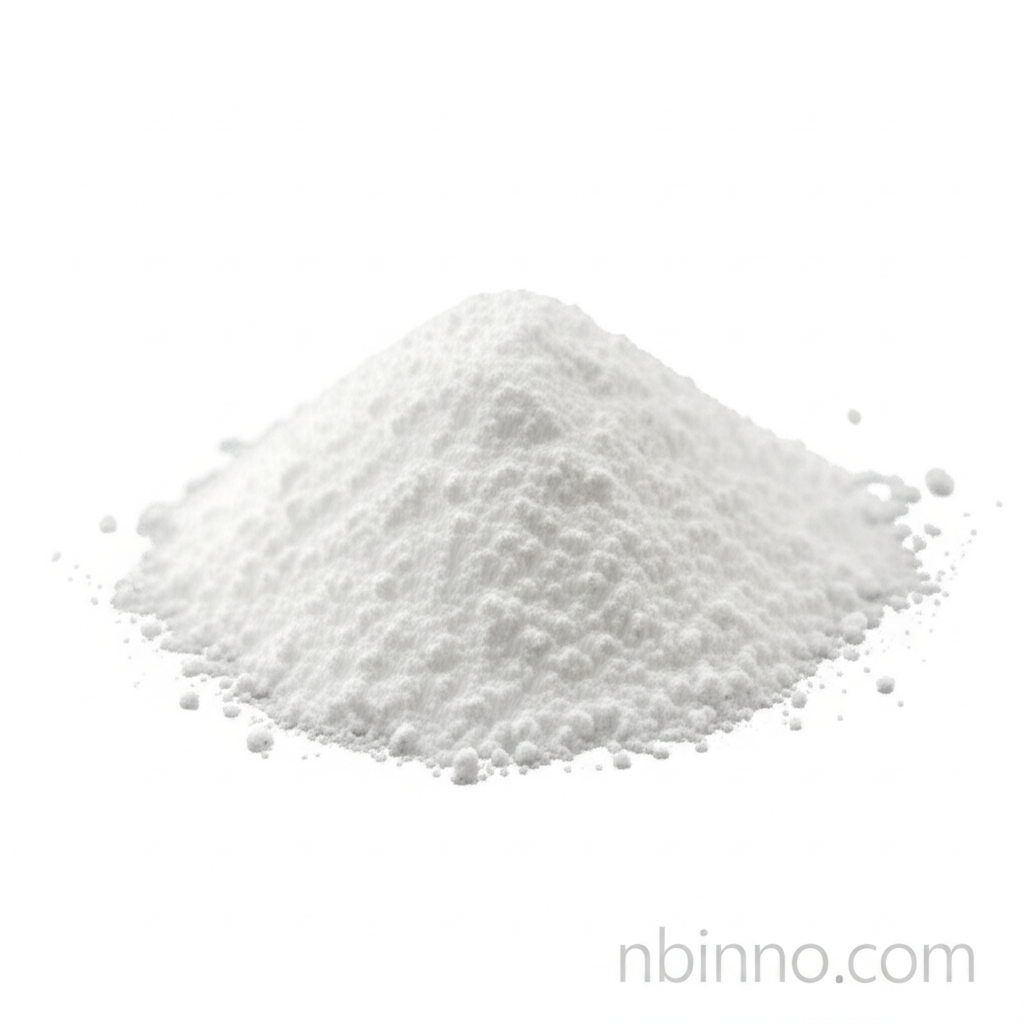Understanding the Nizatidine Intermediate: 2-(Dimethylaminomethyl)-4-(2-aminoethylthiomethyl)thiazole
A key component in Nizatidine synthesis, explore the chemical properties and applications of this vital pharmaceutical building block.
Get a Quote & SampleProduct Core Value

2-(Dimethylaminomethyl)-4-(2-aminoethylthiomethyl)thiazole
This compound is a critical Nizatidine intermediate, essential for the synthesis of the H2 receptor antagonist Nizatidine. Its unique structure, featuring thiazole and amine functional groups, makes it a valuable building block in pharmaceutical manufacturing, contributing to the production of anti-ulcer medications.
- Discover the precise chemical synthesis of Nizatidine using this key intermediate, a vital step for efficient pharmaceutical production.
- Explore the essential role of CAS 78441-62-0 in the pharmaceutical API synthesis of Nizatidine.
- Learn about the diverse chemical synthesis process optimization required for this thiazole derivative intermediate.
- Investigate the various chemical uses of this compound in the broader field of organic synthesis and drug discovery.
Key Advantages
High Purity Intermediate
Ensures the quality and efficacy of the final Nizatidine API, supporting reliable pharmaceutical API synthesis.
Versatile Building Block
Its structure as a thiazole derivative intermediate allows for diverse applications in organic synthesis and drug development.
Facilitates Nizatidine Production
Plays a crucial role in the efficient chemical synthesis of Nizatidine, streamlining the manufacturing process.
Key Applications
Nizatidine Synthesis
As a primary Nizatidine intermediate, its precise structure is fundamental to the creation of this gastrointestinal medication.
Pharmaceutical Intermediates
This compound serves as a vital link in the complex chain of pharmaceutical intermediates, enabling the creation of many drug compounds.
Organic Synthesis
The reactivity of its functional groups makes it an excellent component for various organic synthesis pathways, aiding in novel compound development.
Drug Discovery
Researchers leverage this intermediate for its potential in drug discovery, exploring new therapeutic agents derived from its core structure.
